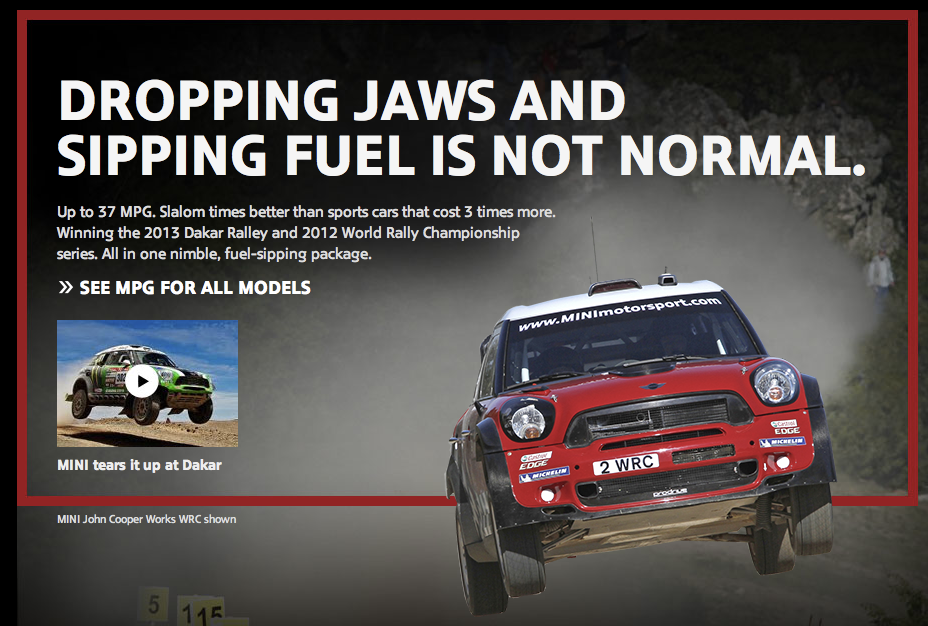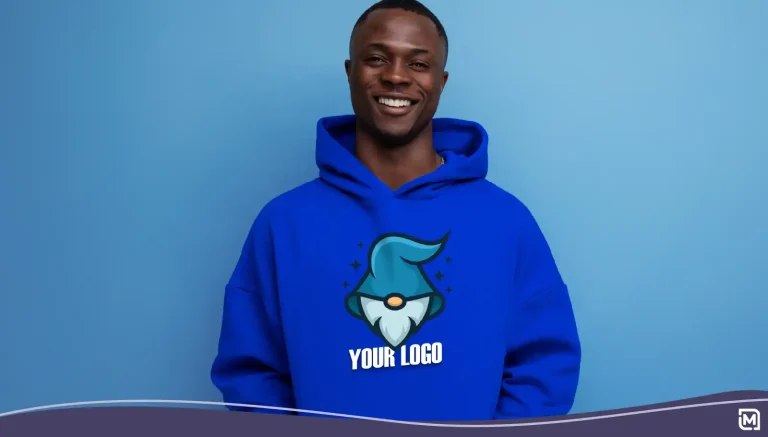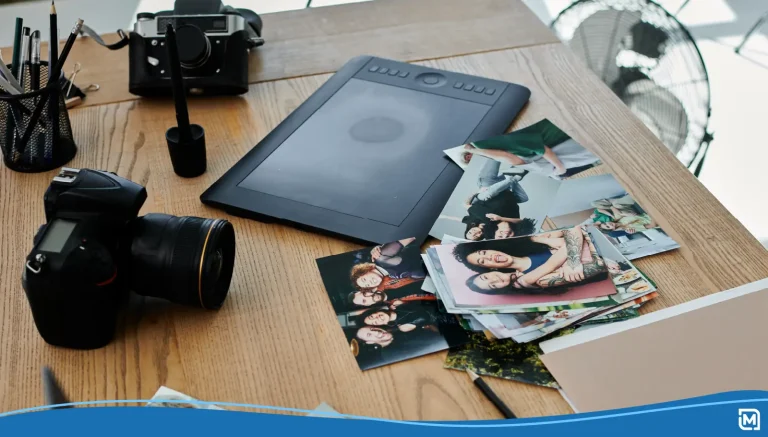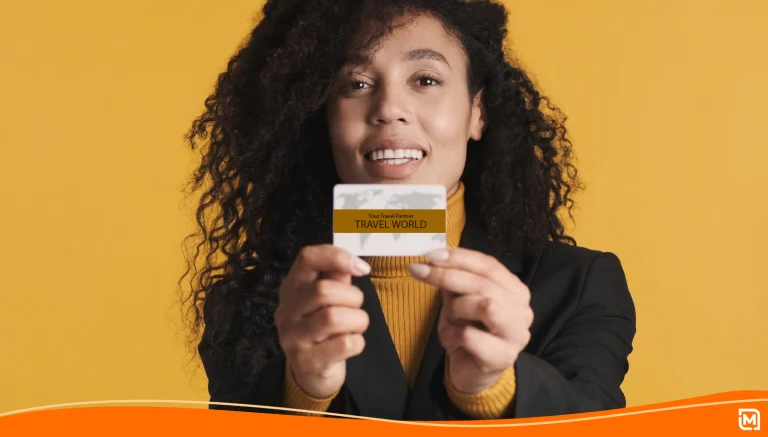 You’ve probably heard the statistic that the average human attention span is about 8 seconds long. And that a goldfish’s attention span is 9.
You’ve probably heard the statistic that the average human attention span is about 8 seconds long. And that a goldfish’s attention span is 9.
But it’s not true.
Think about it: the last time you were watching Breaking Bad, or Iron Man 3, or your favorite team beat their rival—did you switch your focus away every 8 seconds? Of course not.
The last time you watched a TED talk or read an article in The New York Times, did you stop after the first sentence? Not if you’re interested.
The last time you listened to a waitress run through the daily specials at a new restaurant, did you lose focus before you heard the first item? Probably not.
Because you were being entertained.
Or you were learning.
Or you needed information.
Heck, you’ve had no problem making it twenty seconds into this post.
To quote Jerry Seinfeld:
“There is no such thing as an attention span. There is only the quality of what you are viewing. This whole idea of an attention span is, I think, a misnomer. People have an infinite attention span if you are entertaining them.”
Or to put it another way, you don’t have to worry about your customer’s attention span as long as you are giving them something they want—entertainment, information, or a solution to their problem. They’ll pay attention.
Here’s the real problem: 17% of all web page views last 4 seconds or less.
Four seconds is too short to be an attention span problem. It’s an attention getting problem. It means that roughly 1/5 of all visitors to your small business website don’t see what they’re looking for at first glance and click away.
That’s barely enough time to scan an image and a headline. That’s it. If your customer don’t see what they like, they’re gone.
So you need attractive images.
And awesome headlines.
Your first impression needs to grab attention and deliver on your brand promise. Then your job gets even more difficult because you need to keep engaging your customer’s interest.
 Want an example of how to do this? Check out Mini’s website. The photography is fantastic and the copy is cheeky and fun, in keeping with the brand’s voice.
Want an example of how to do this? Check out Mini’s website. The photography is fantastic and the copy is cheeky and fun, in keeping with the brand’s voice.
But we can already hear you saying: “Of course Mini does it right. They have a really unique product. My business is boring. Or Small. Or simply can’t grab attention.”
Leaving aside the fact that there were dozens of boring car brands and companies before Mini came along…
Is your product more boring than selling razor blades? Check out Dollar Shave Club which launched with just five employees, a great website, and an attention grabbing video. It’s hard not to stay longer than four seconds there, even if you don’t buy.
Is your business more boring than a law firm? Check out MoFo, short for Morrison Foerster—their website catches your attention with a lot of attitude (unlike their bland competitors).
Is your product more boring than blenders? Blendtec is famous for its series of silly (and inexpensive) Will It Blend? videos. But they’re still just a little company selling blenders and wheat grinders. Their site grabs your attention with great imagery and irreverent copy. The videos are addictive.
How about customer service? That ranks pretty high on the boring business index, right? But ZenDesk’s website does a good job of grabbing your attention with images and other content.
The key for your small business is to be interesting.
Or helpful.
Or informative.
Or entertaining.
Because if you’re anything else, you’ll be lucky to get eight seconds.
Bonus: Here’s how to measure your average visitor duration:
Step 1: Install Google Analytics (it’s free, and given the amount of data it will collect for you, totally worth the effort). This is a snippet of code that allows Google to track users on your site. Install it on all pages where you want to track user behavior. If you can’t do this yourself, find a programmer to help. It’s worth paying for 15 minutes of his time.
Step 2: Make sure Google can find your site by uploading a site map (in Google’s Web Master Tools) or by linking to it from another well trafficked website. Sorry, Facebook won’t work for this, but Google Plus will. It may take Google a couple of days to find and begin tracking your pages.
Step 3: Log into Google Analytics and click the Audience Overview button on the left. Here you’ll find a lot of useful data including the number of visits, unique visitors, how many pages they view on average, and the visit duration. Track this over time to make sure you are getting better at engaging your customers.
Photo credit: Benson Kua via photopin cc



